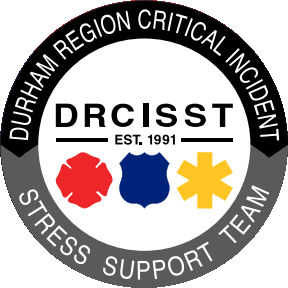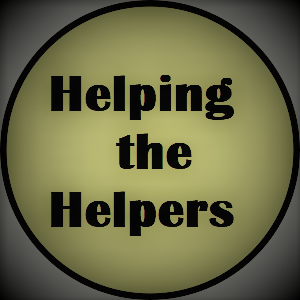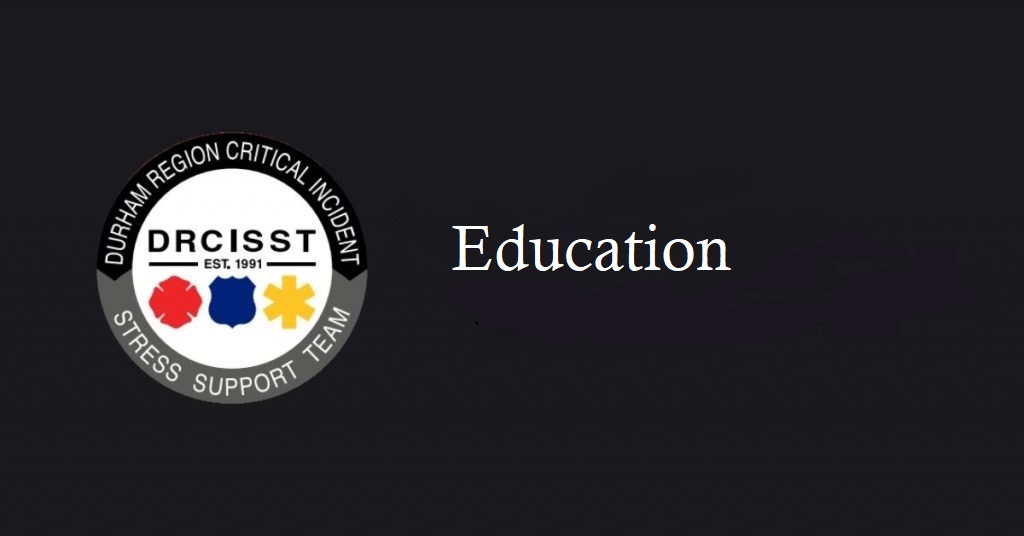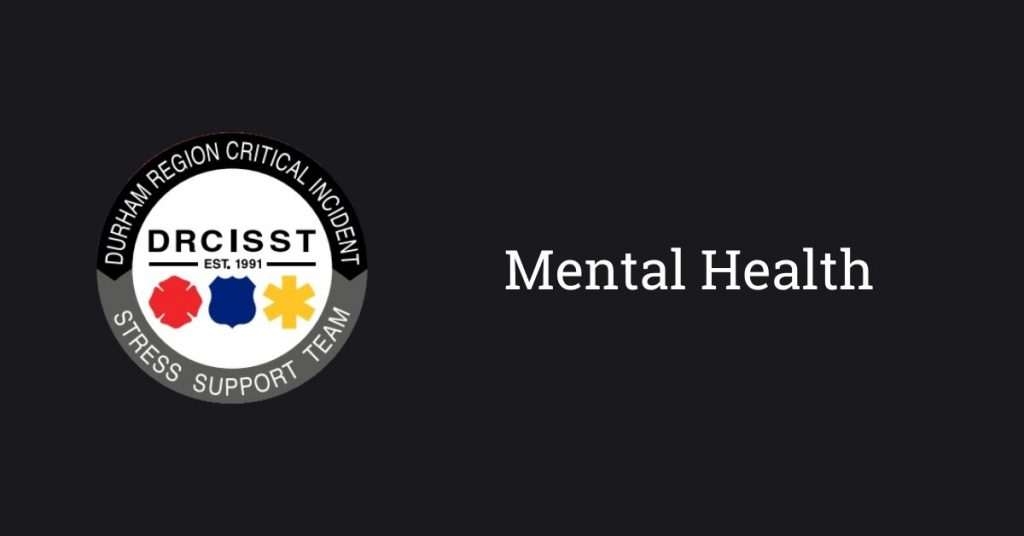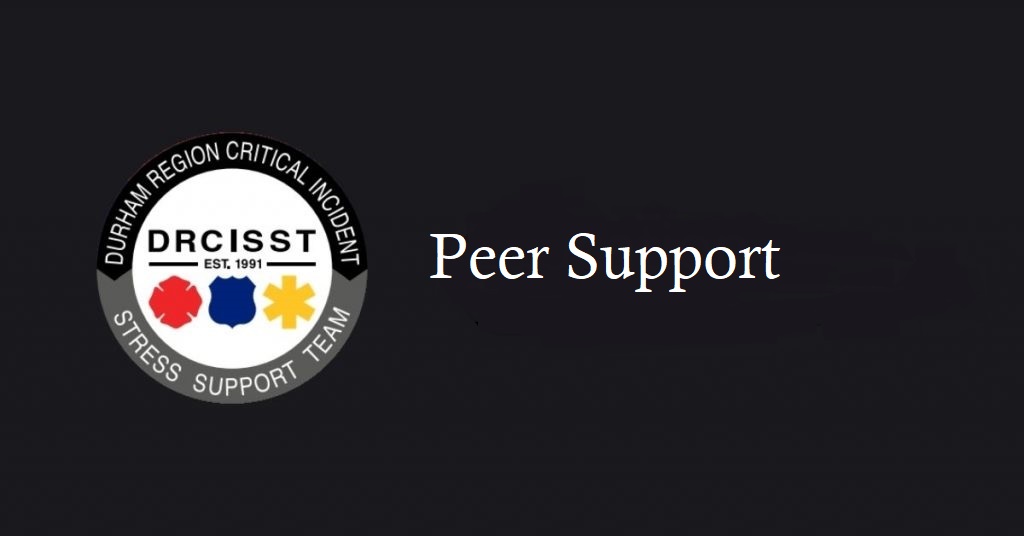Once your agency is committed to developing a long-term strategy for an employee wellness or a CISM-type program, it must take several steps, of course modified to fit the size and resources of the agency.
They are as follows:
- Identify and appoint one person who has the primary responsibility of coordinating the program. For the program to work, this person needs adequate time, resources and access to employees and top managers. Giving a manager this responsibility without allotting the appropriated resources will lead to failure. The coordinator should attend CISM training sessions, generally available in several locations. It is critical that coordinators educate themselves before attempting to educate others of the value of this type of program.
- The coordinator should create a team of employees who represent all levels of the agency to develop, implement and assess the program. We tend to select people who agree with the need and are interested in helping us develop a program. It is equally important to appoint people who are suspicious of or even against such a program, in order to discuss different beliefs openly and develop solutions to account for these differences. The value of these programs is well documented and, more often than not, makes sense. Be willing to work through the challenges to starting a program.
- Once the initial team is identified, each member should attend CISM training to educate themselves better about the benefits of a program to their agency.
- Develop a process for systemically training employees about CISM. For CISM to become part of the agency’s culture, the team must develop a strategy for ongoing training about CISM. This should include regular presentations at training sessions, quarterly manager meetings, regional staff meetings and so on. The process must be consistent and updated as needed. Ultimately, the program must become part of the vernacular of the culture. For example, it should be a given that, after an incident occurs in a community requiring a public safety response, a CISM meeting will be held to provide information about ways employees can deal the trauma. It should be clear to all what the expectations are (i.e., whether CISM meetings are optional or mandatory), who can attend and what the rules are. CISM programs vary, depending on the size of the agency, the resources available to respond to critical incidents and the commitment of the agency.
- Make sure that there is buy-in up and down the management chain before implementing your team’s program in the agency. Programs developed in isolation, without buy-in, fail. Upper management generally can recognize what will and will not work, depending on all kinds of details middle managers may not know, so buy-in and approval regarding the program’s components are critical and must be obtained before implementation. Often times the buy-in for management is the cost savings with relation to sick time, performance, IOD’s etc.
- Implement the CISM program. Depending on the agency size, this can take a few weeks or a year, or more. Once the program is introduced, it is critical that the process be continued at regular intervals. This means creating CISM teams to provide debriefings to employees. It means ensuring team members are well trained and supervised and a clear and cohesive process is in place for evaluating the performance of teams/members and for changing, modifying or discontinuing the participation of a team, leader or member as needed. Literature and training materials should be developed before Implementation and managers should be consistent in implementing the program/teams.
- Evaluate the CISM program regularly. Most managers are aware that effective programs can be evaluated easily using an objective measurement process. This sounds easy, but it is one of the more difficult parts of programming. The evaluation process should be simple and easily accomplished through surveys, interviews or the accomplishment of stated goals. Templates of this process are usually available in larger agencies, which tend to require accountability for all programs.
- Collaborate and practice. At times it is necessary to partner with other public safety agencies to provide CISM debriefings for each other’s employees. To collaborate, it is critical that there be regular management meetings with those responsible for CISM oversight. Together, these agencies should develop processes that are acceptable to all top managers and are implemented throughout all agencies involved. Without frequent opportunities to train and practice together, there is a greater likelihood this process will fail. Regular communication and drills greatly increase the likelihood the process will work. When collaborating with other public safety agencies, you must have agreement about cost-sharing, chain of command, etc.
- Invite line staff who has been helped by the CISM program to share with other agency colleagues at meetings, both formally and informally. Ultimately, if the CISM management team cannot convince the rank and file to accept and use CISM resources, the program will be discontinued eventually or, worse, become irrelevant. For CISM to thrive, you need buy-in, resources, training, collaboration, practice, effective implementation and meaningful measurement. The programs most likely to experience success are those that enjoy popular support at all levels of the agency. Effective public safety managers recognize and respond to the responsibility for mitigating critical incident stress. In addition to helping our heroes do the jobs they love a little longer and without the unnecessary personal sacrifices we saw after Katrina, these managers help their employees and themselves. It is well documented that agencies that provide CISM debriefings effectively to their employees experience less turnover and fewer sick days and personnel problems. The bottom line is resource management. Clearly, it costs less to prevent than to react. It is far cheaper, in every way, to offer an inexpensive program that provides information and resources to employees in the path of trauma than to deal repeatedly with the fallout that will occur without critical incident stress mitigation. ww.thefreelibrary.com
